Autumn is the traditional time for new products. And today, a completely new smartphone from the new line, ASUS ZenFone 4 Selfie, got into the review. The name he says, the smartphone has two cameras for self-portraits. Let's see what he can do.
Specifications
Operating system : Android 7.0 with ZenUI 4.0 GUI
Processor : Qualcomm Snapdragon 430 (eight-core, 64-bit)
Graphics : Adreno 505
RAM : 4 GB
Data storage : 64 GB
Memory card : micro SD up to 2 TB
Display : 5.5-inch, 1280 x 720, IPS, brightness 400 cd / m2
Cameras :
- Main camera: 16 MP, focal length 26 mm (viewing angle 80 °)
- Front: 20 MP, f / 2.0 aperture, 31 mm focal length, flash
- Frontal wide-angle: 8 MP, focal length 12 mm (120 ° viewing angle)
Sound : speaker with five magnets
Wireless :
- Wi-Fi 802.11 b / g / n
- Bluetooth 4.1
- Wi-Fi direct
Navigation : GPS, A-GPS, GLONASS, BDSS
Sensors : Fingerprint scanner, acceleration sensor, electronic compass, gyroscope, proximity sensor, light sensor
Battery : 3000 mAh
Dimensions : 155.66 x 75.9 x 7.85 mm (H x W x T)
Weight : 144 gr.
Appearance
The front of the ZenFone 4 Selfie is very similar to the
ZenFone 4 Max . The protective glass rounded around the perimeter covers almost the entire front face.
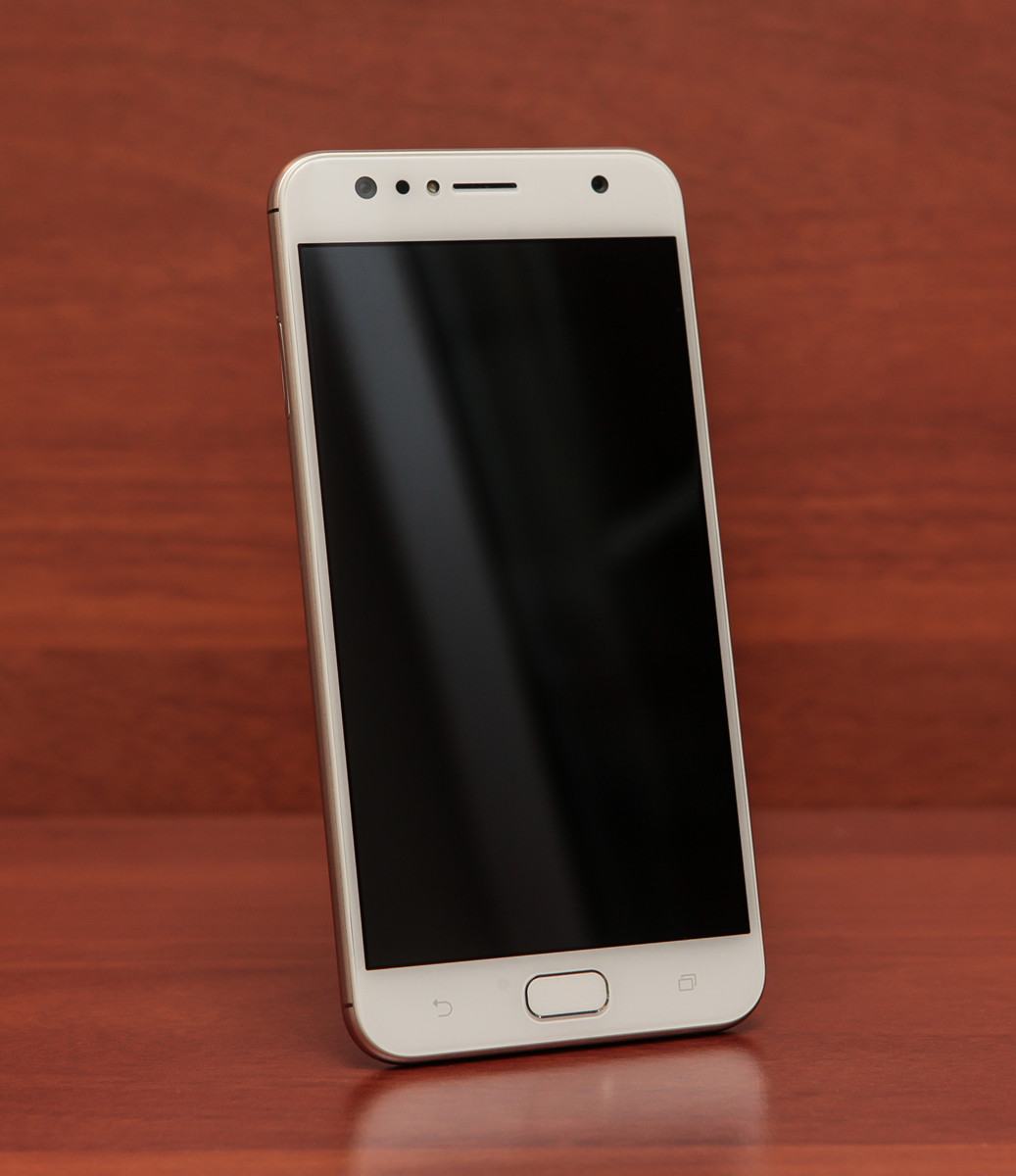
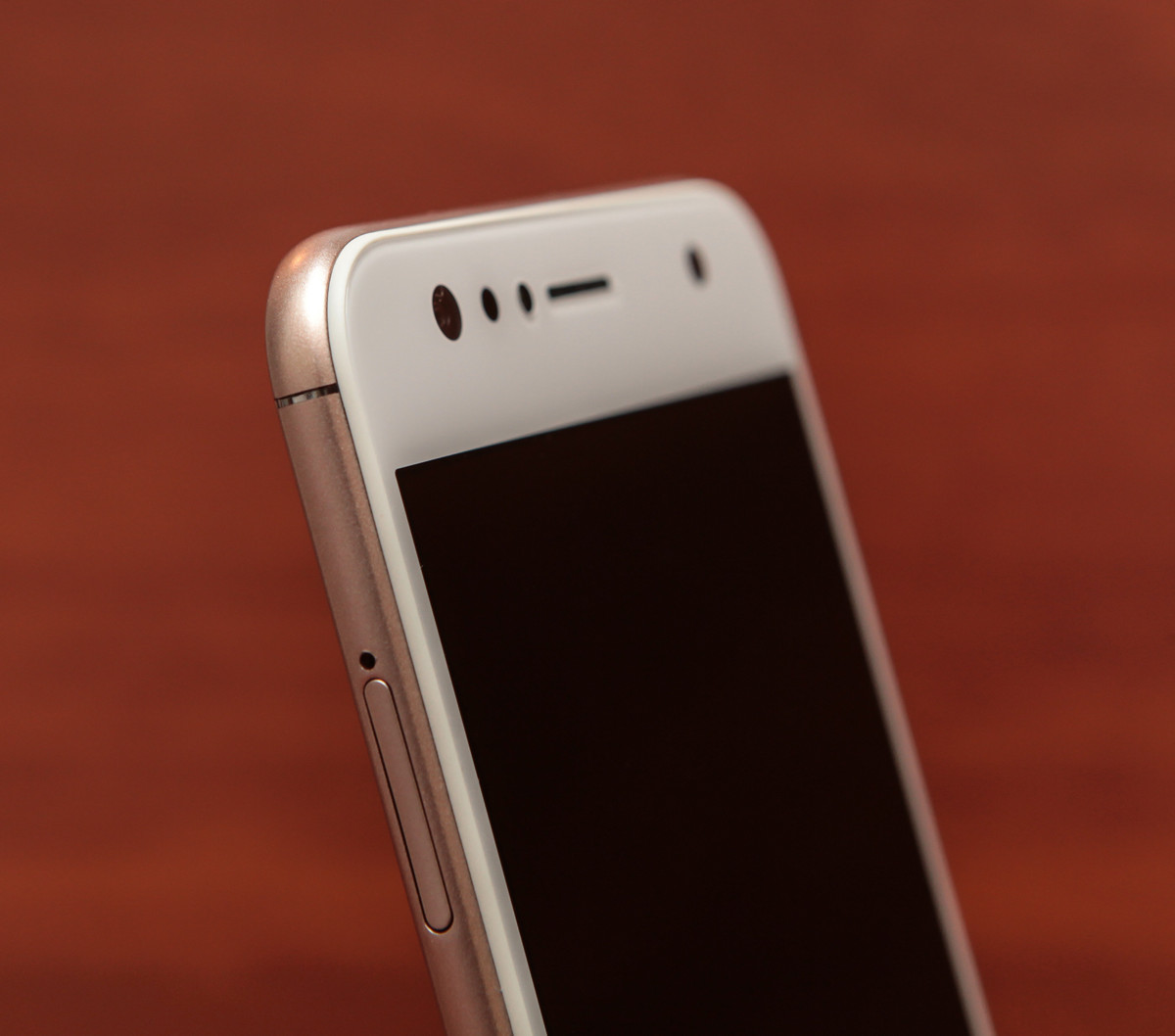
The smartphone comes in several colors, and on light models, the abundance of “holes” in the upper part is particularly noticeable. On the left is a wide-angle camera, then go to the light sensor and flash. To the right of the speaker slot is the second camera:
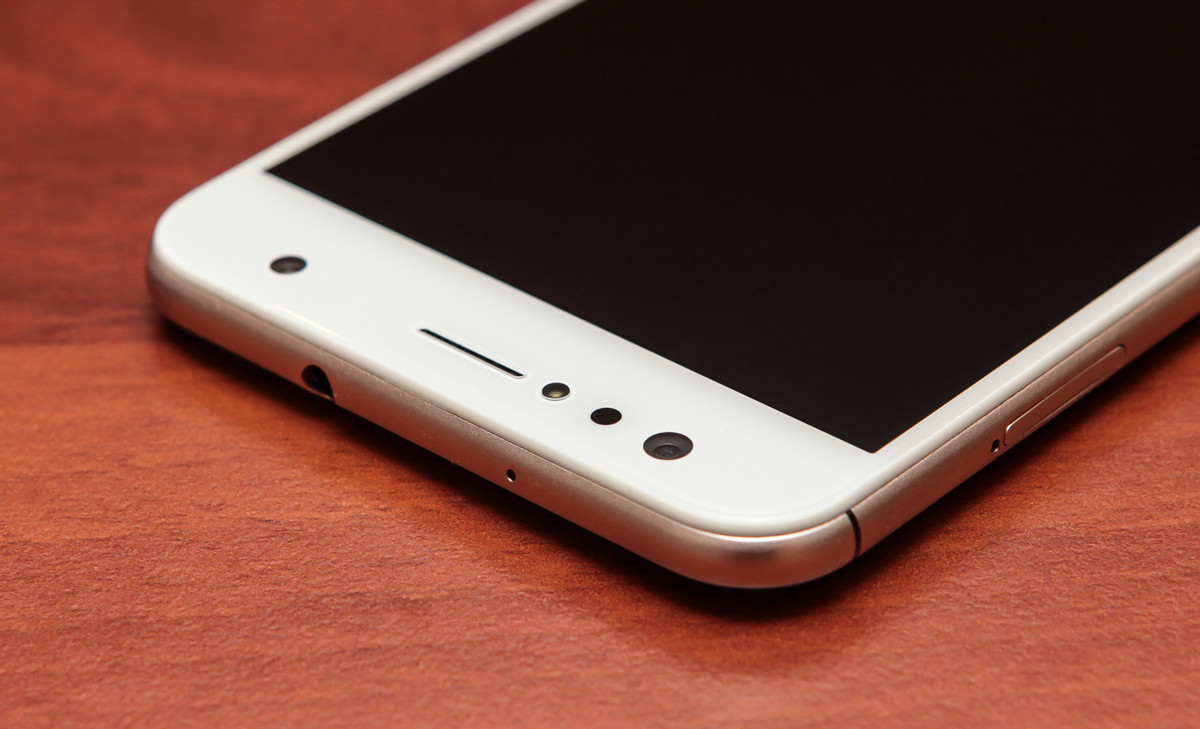
The “Home” button looks recessed into the case, but this is an optical illusion: in fact, the recess is “filled” with a transparent fingerprint sensor.
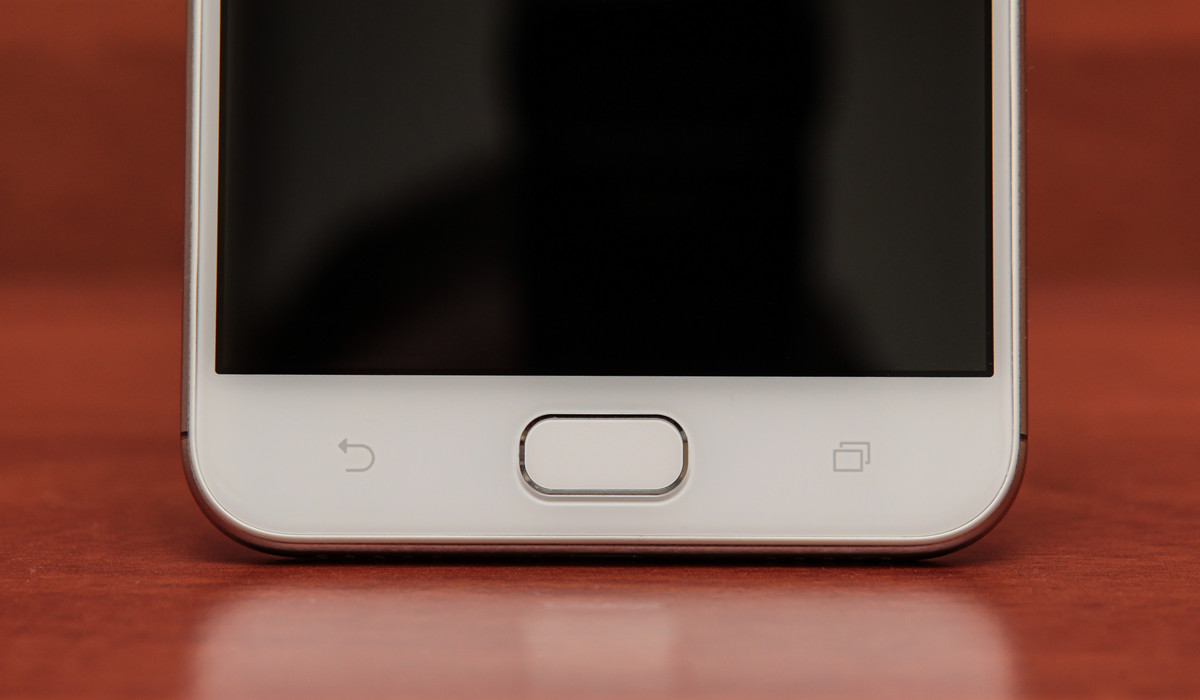
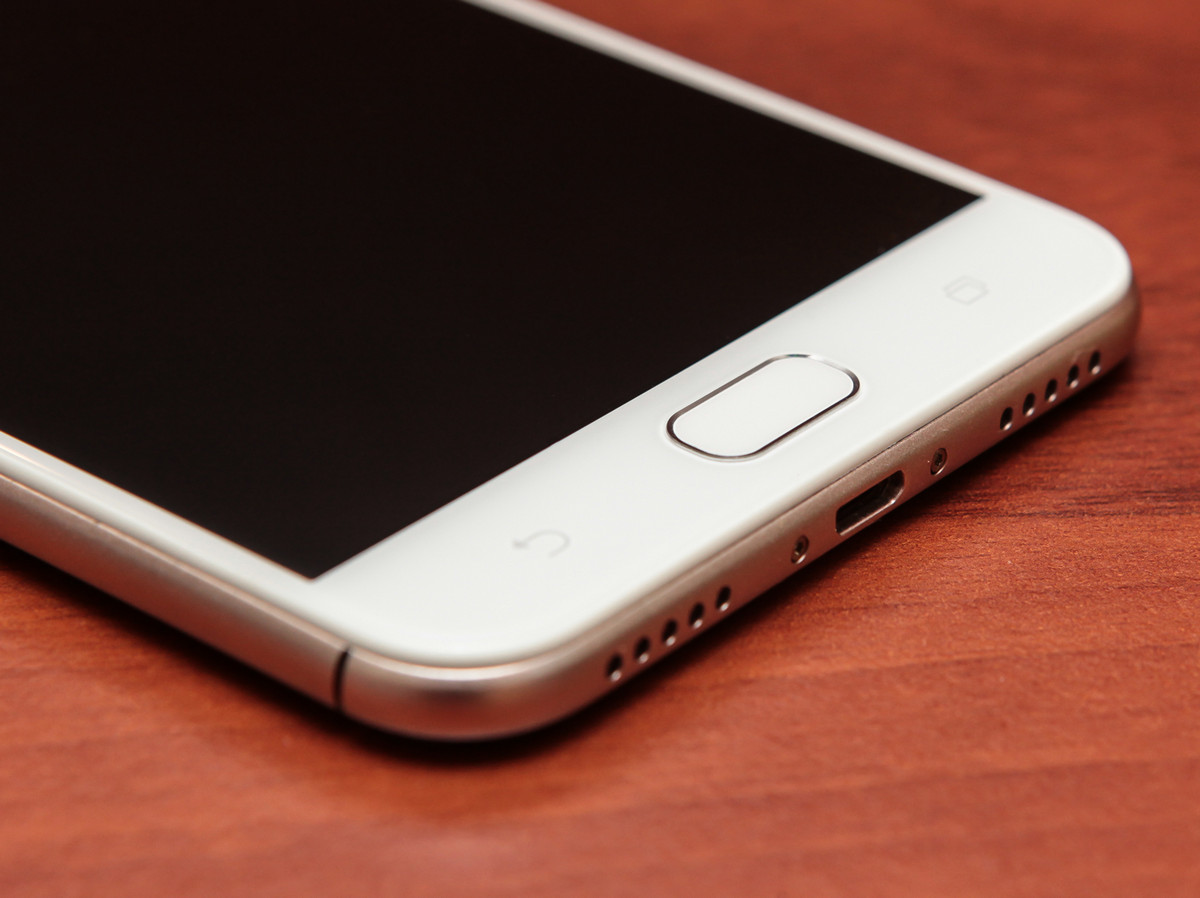
On the reverse side of the ZenFone 4 Selfie is already much different from the ZenFone 4 Max. The case itself is aluminum, of the same shape, with rounded ends. There are decorative strips on the top and bottom, which probably indicate the boundaries of dielectric inserts for the operation of antennas.
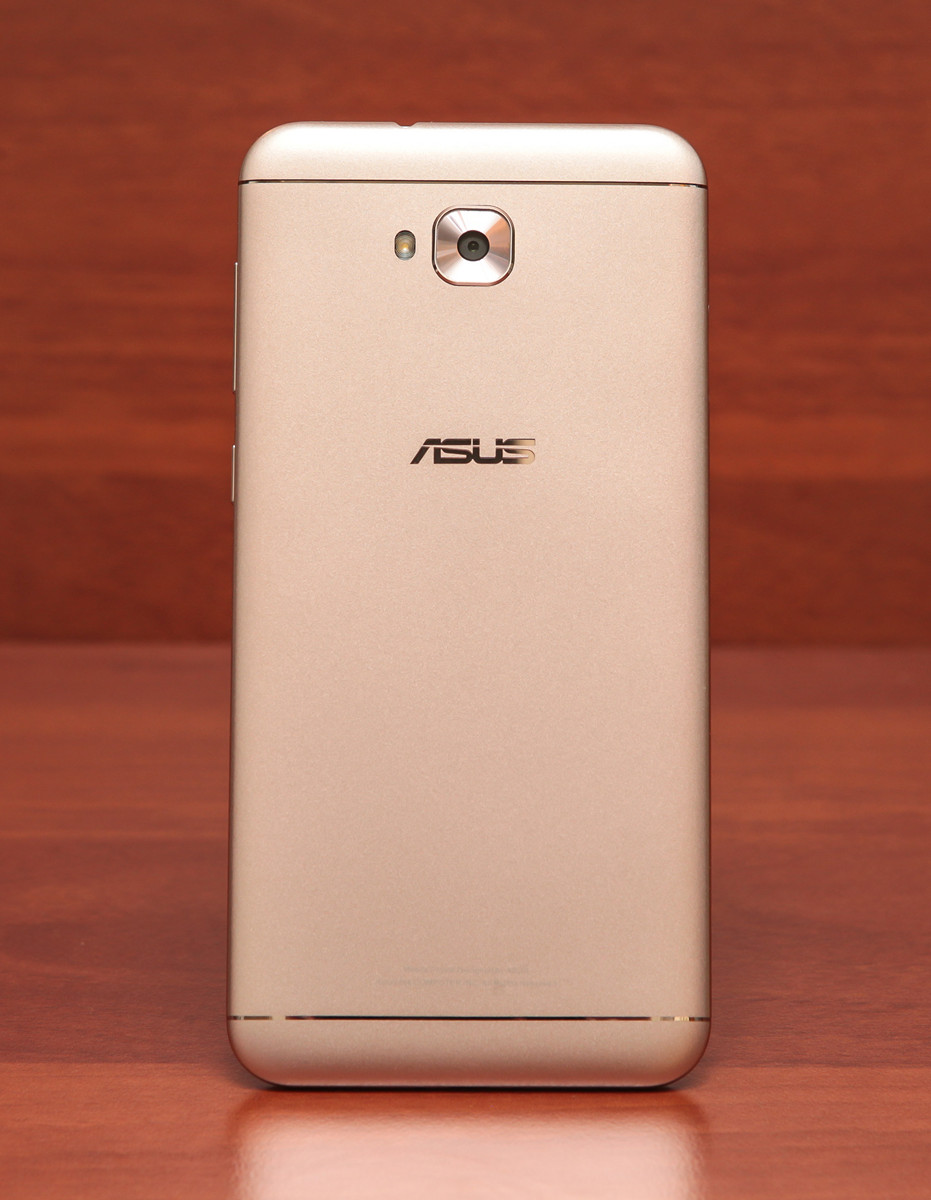
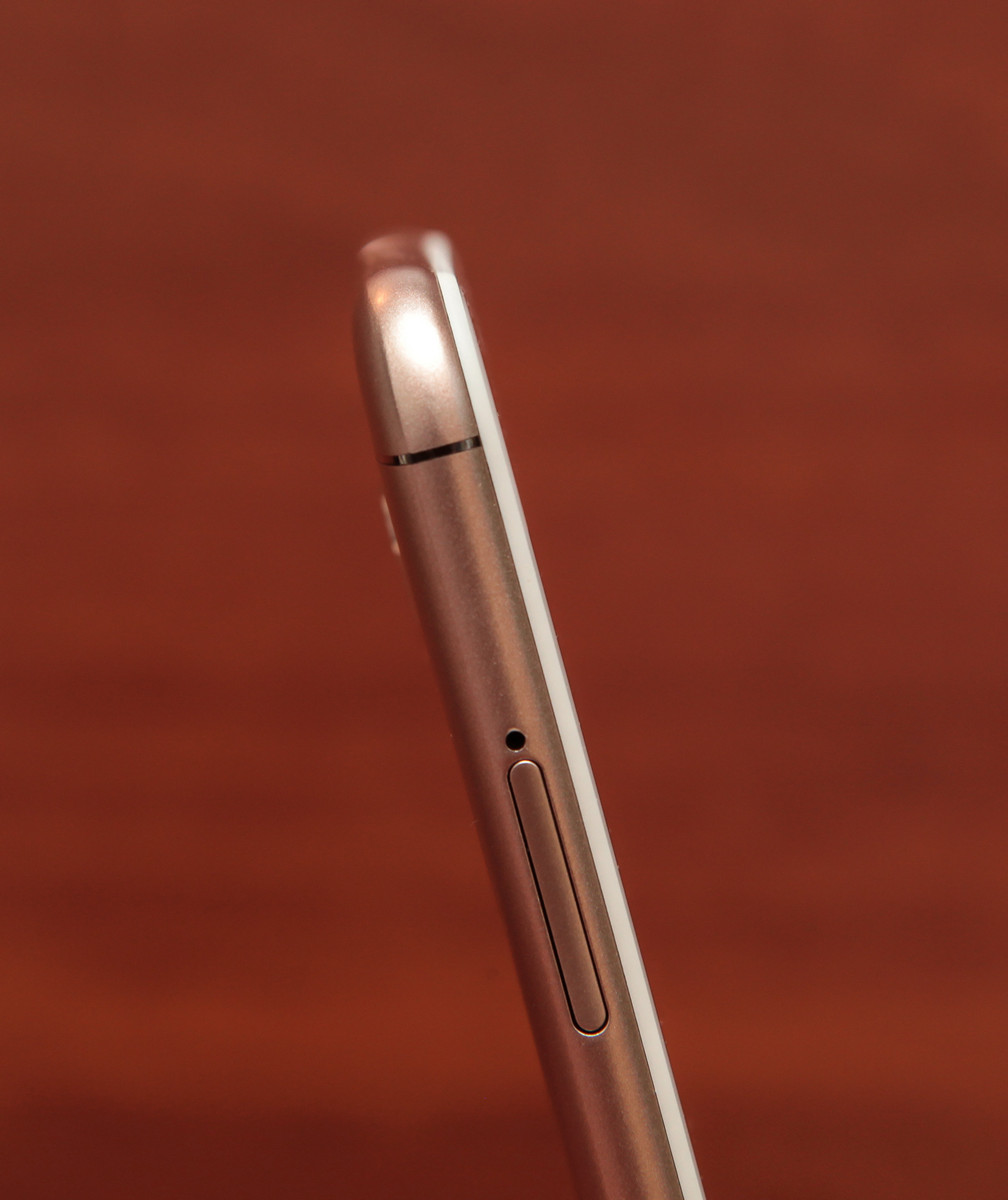
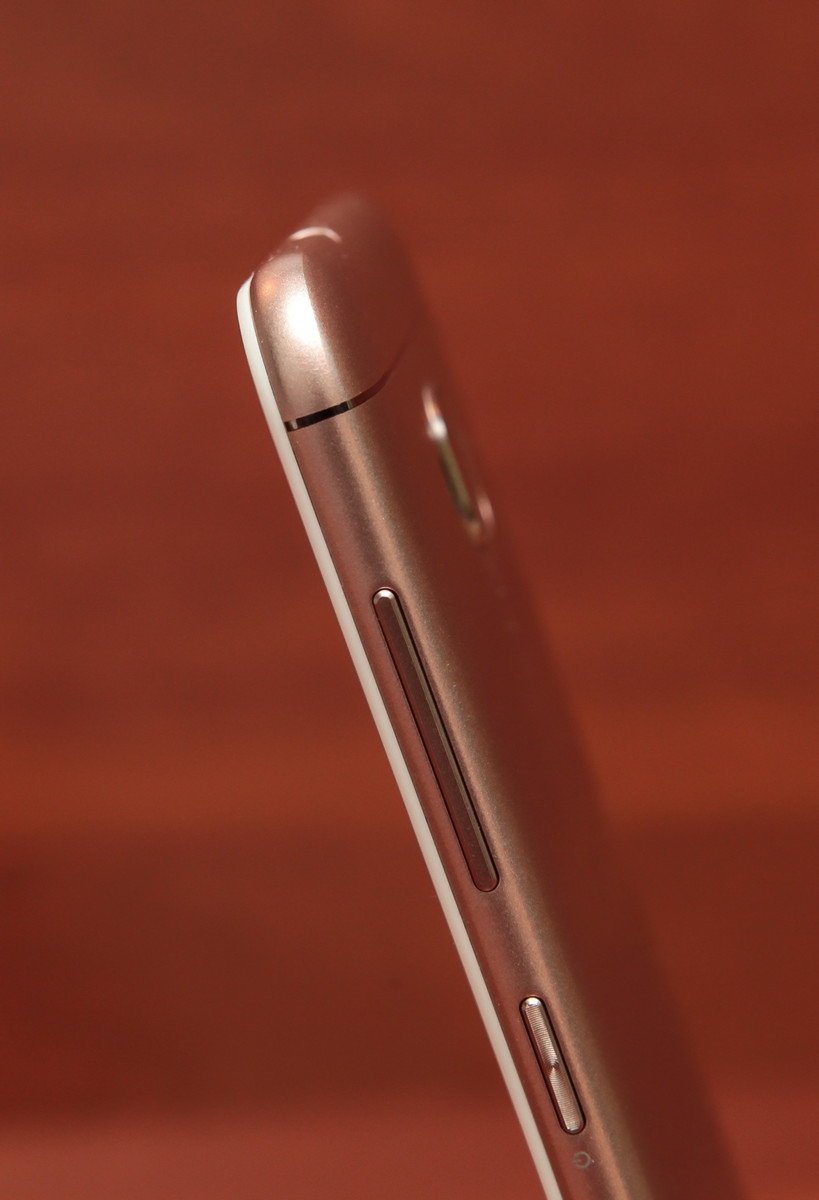
But the main camera was placed in the center, and not in the corner, like in ZenFone 4 Max. It also protrudes slightly above the surface of the body.
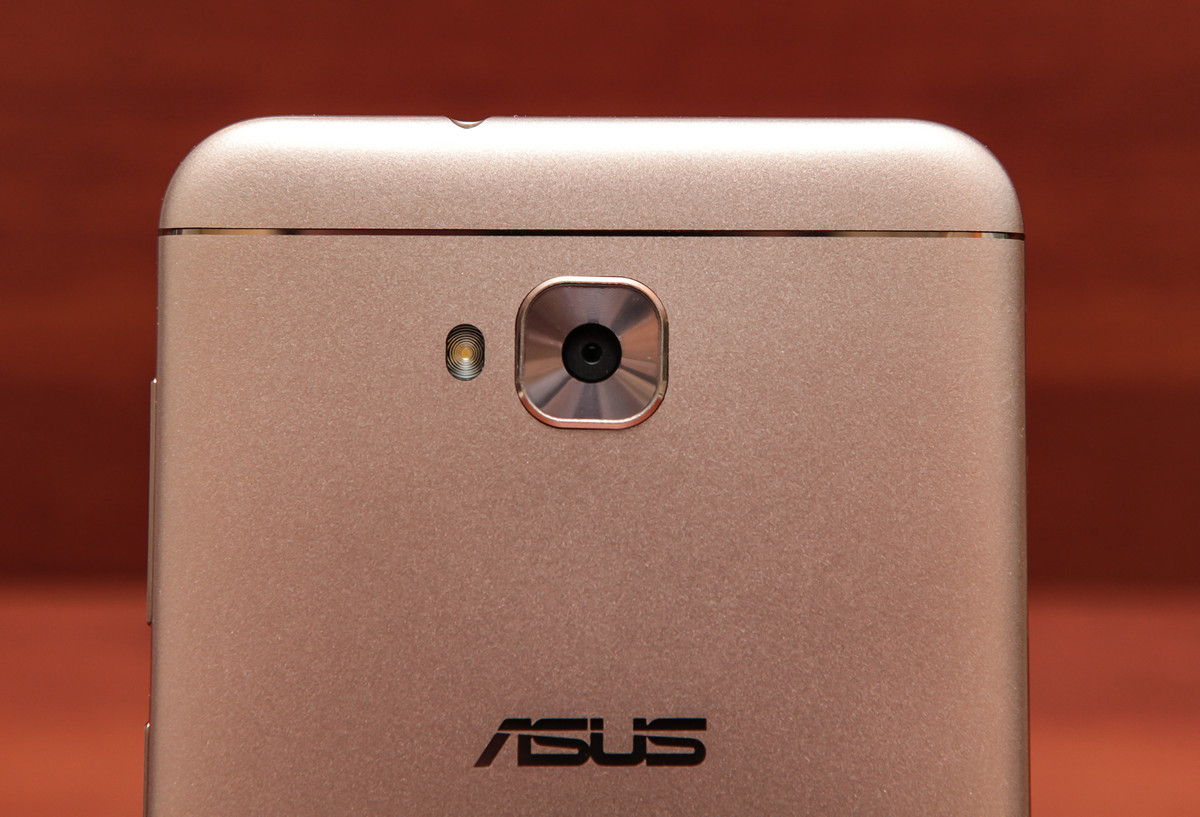
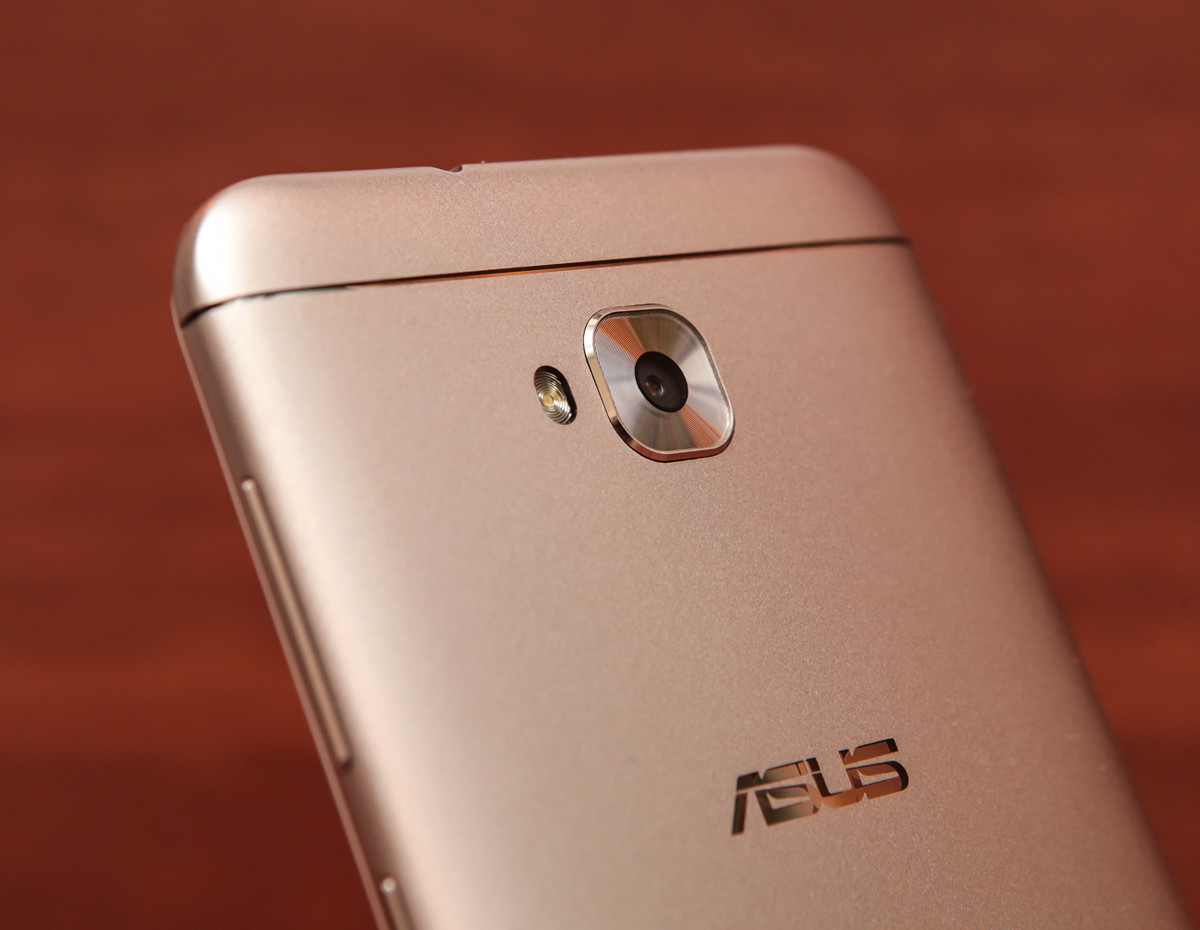
Coverage of the case, though smooth to the touch, but not as slippery as you would expect. This is a definite plus, given the small thickness and roundness of the smartphone, it is less trying to slip out of his fingers.

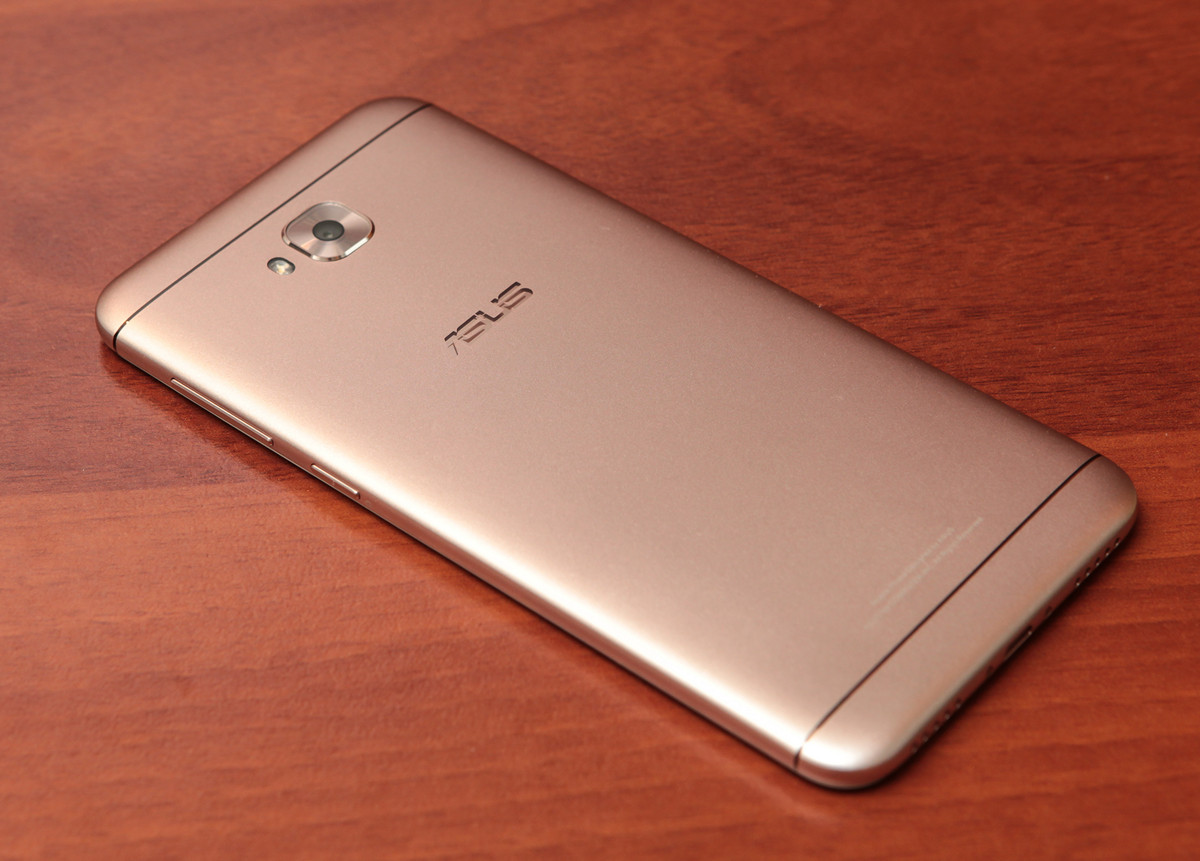
Below are two coarse gratings for dynamics and cooling.
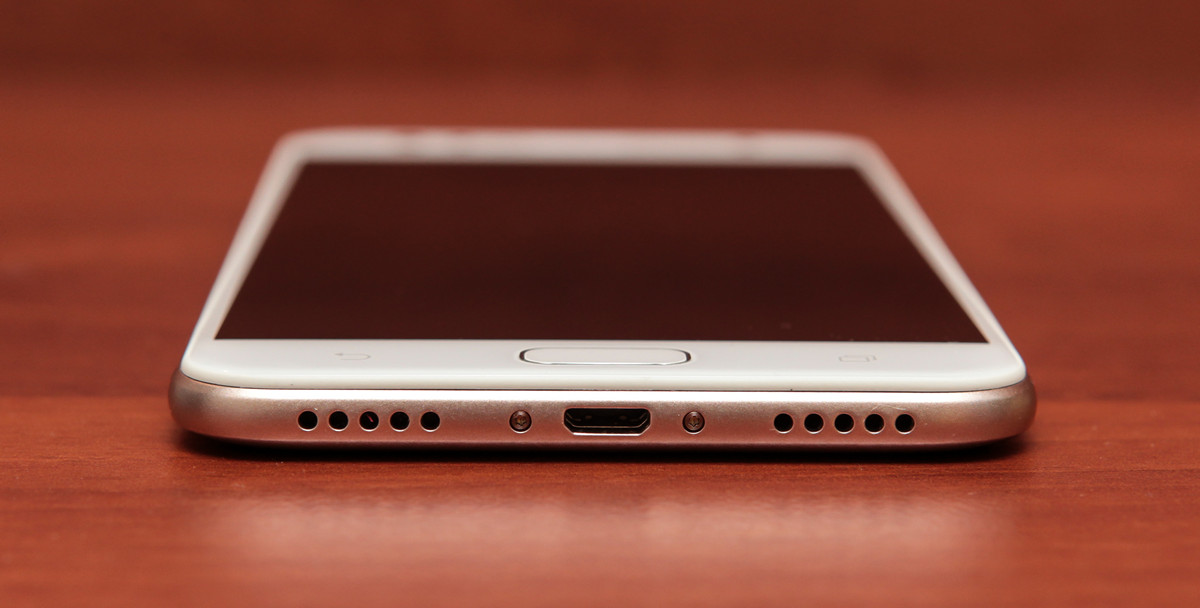
On the right side are the power and volume buttons.

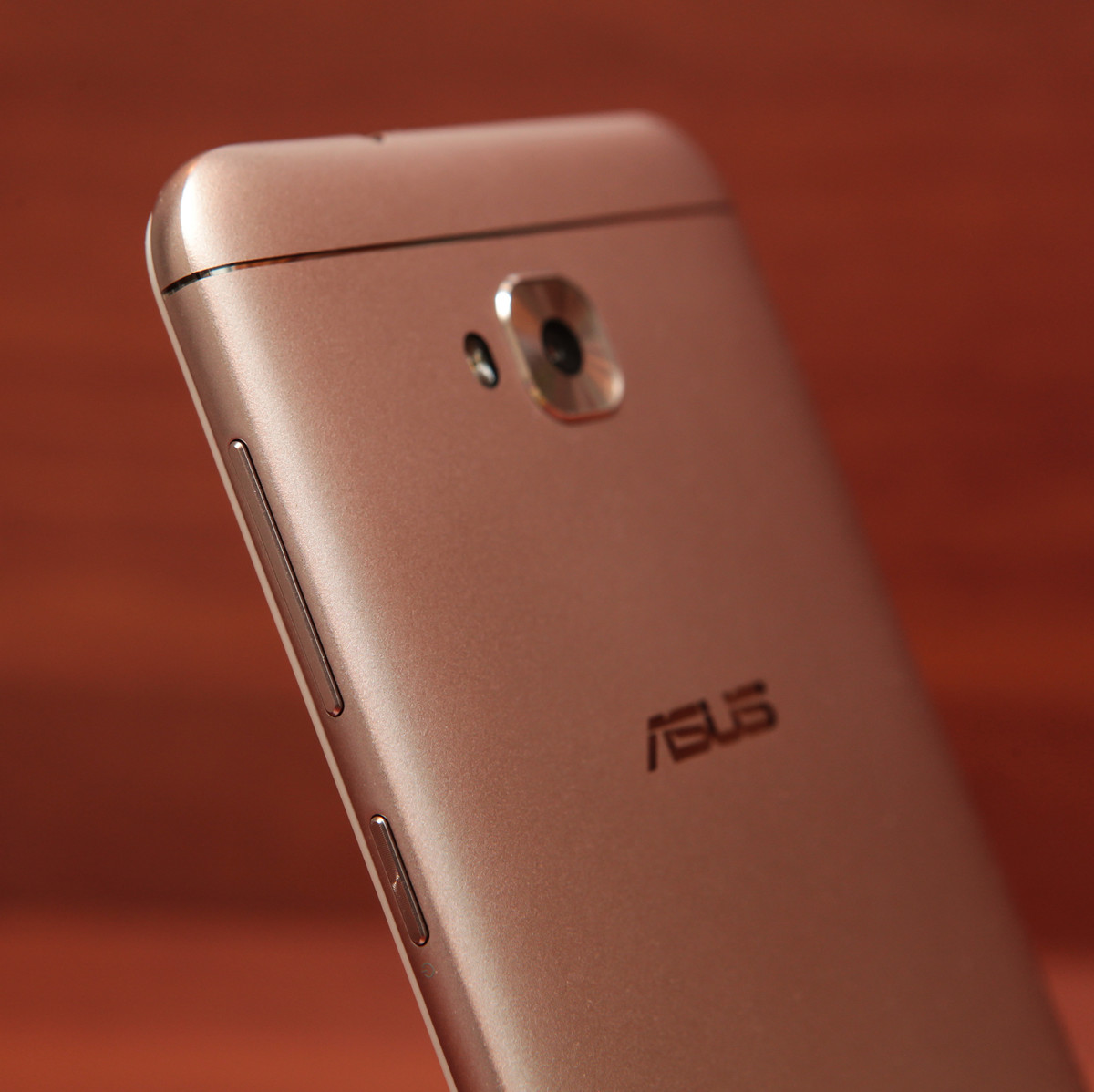
Above - headphone jack and microphone.
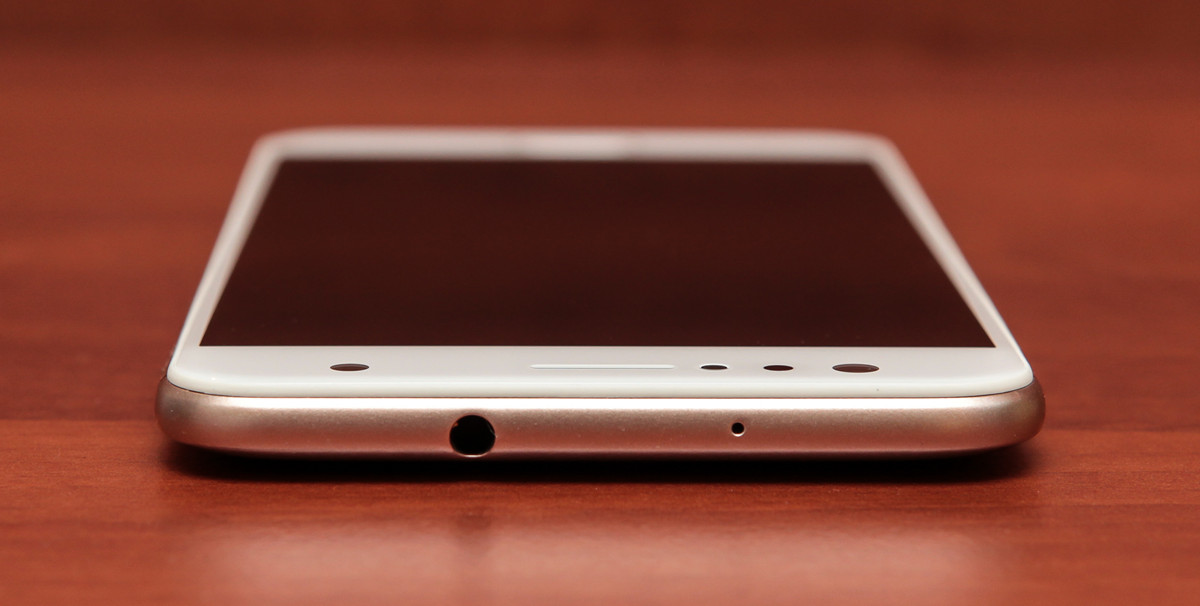

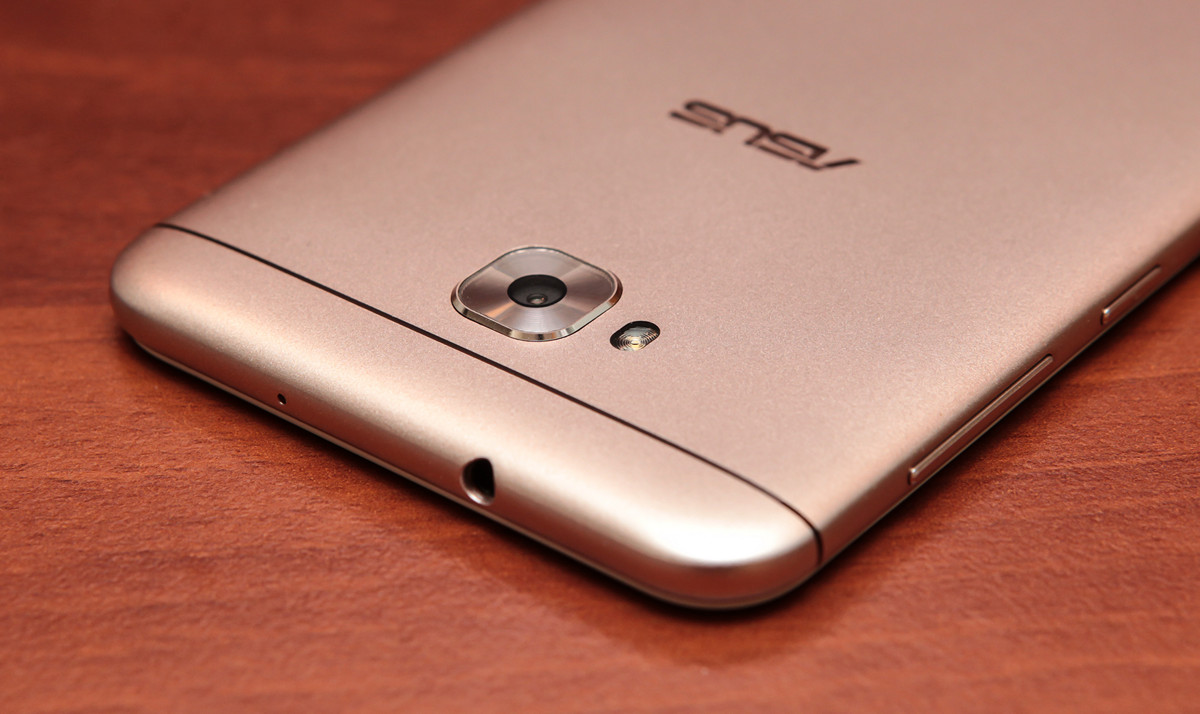
And on the left side there is only a tray for SIM-cards and a memory card. You can simultaneously insert two SIM cards and a memory card.

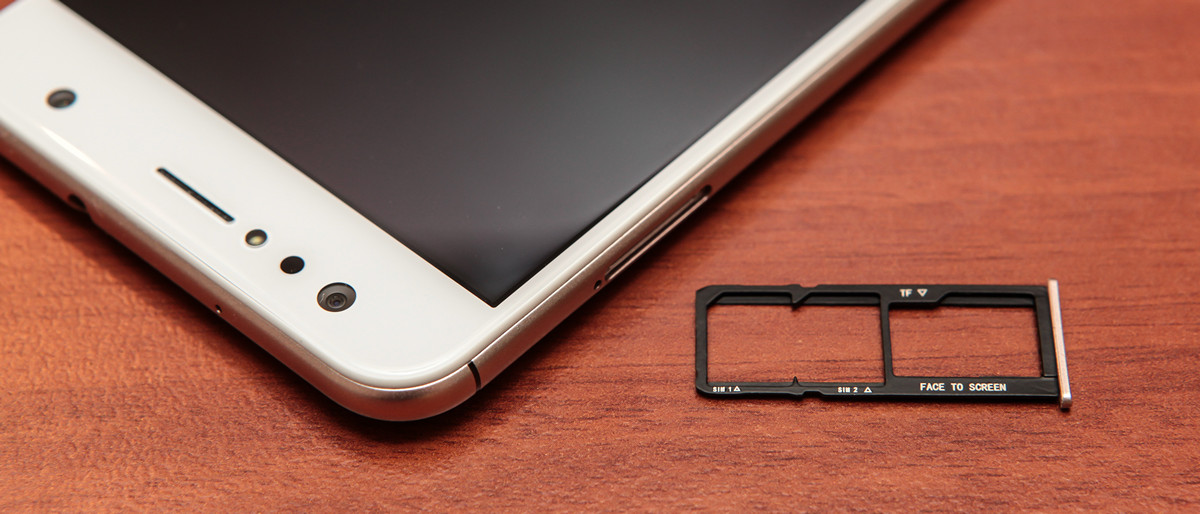
Included with the smartphone is a proprietary headset ZenEar with interchangeable ear cushions, flashed many times in our reviews, and a simple transparent silicone case can be supplied.
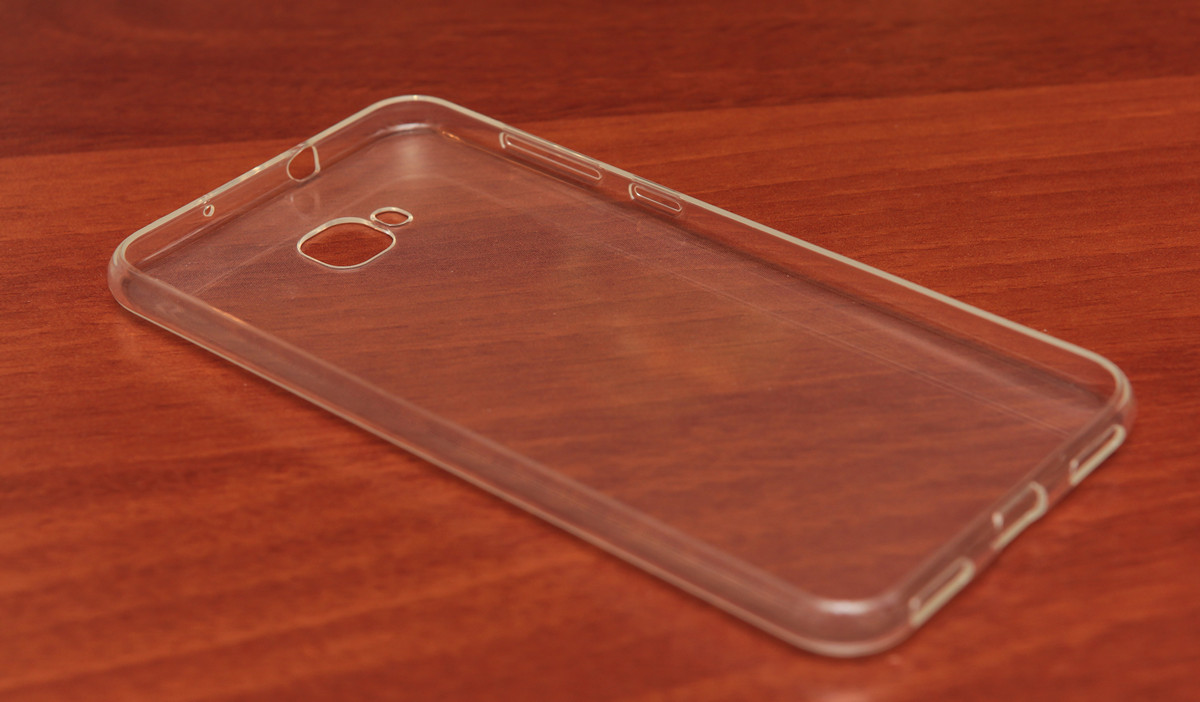
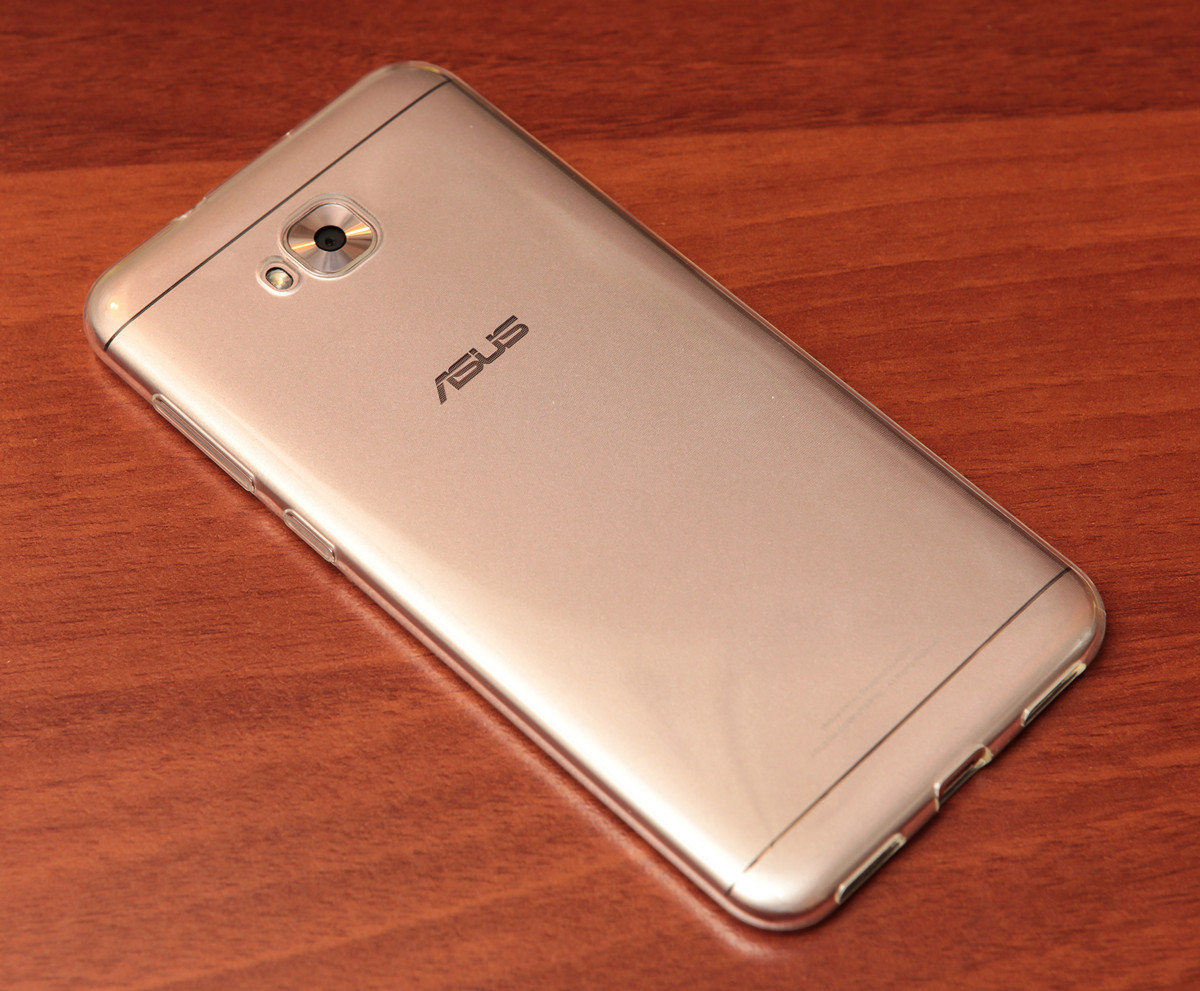
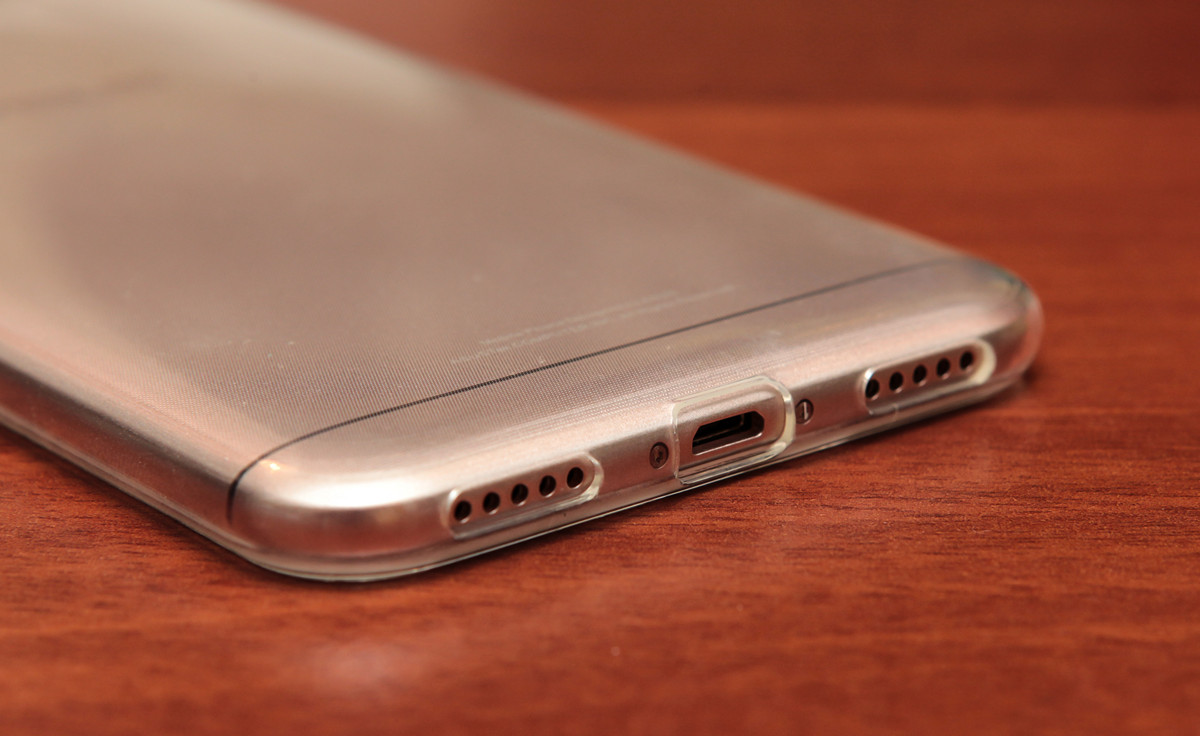
Available colors:
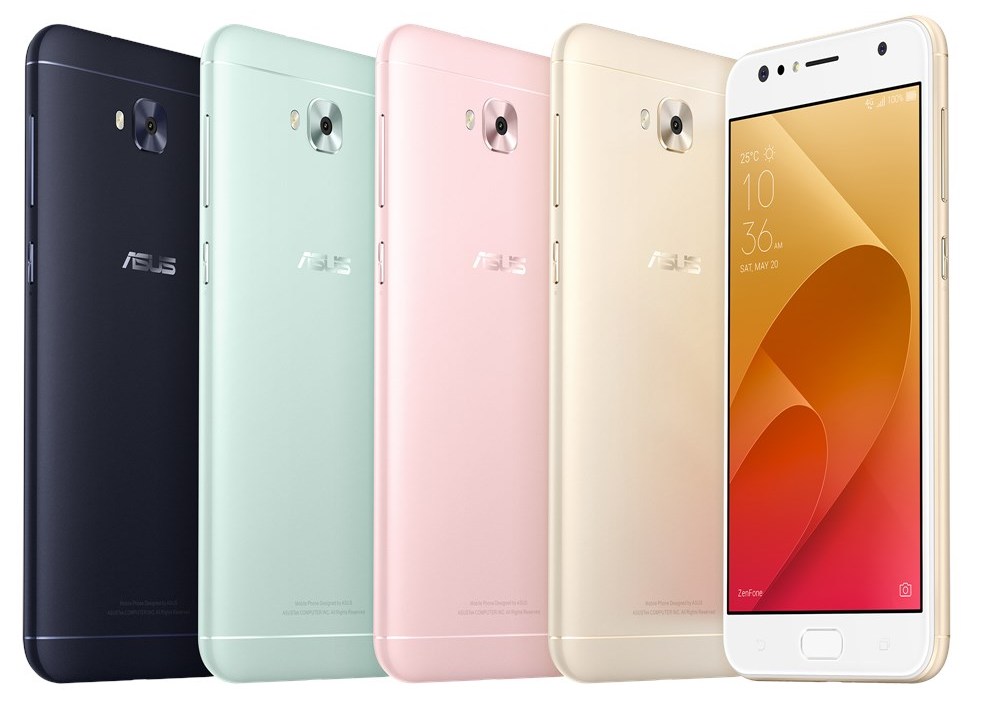
Display
In the ZenFone 4 Selfie is the same display as in the ZenFone 4 Max: IPS-matrix with a resolution of 1280 x 720, a diagonal of 5.5 inches. The same protective glass with rounded ends and oleophobic coating.
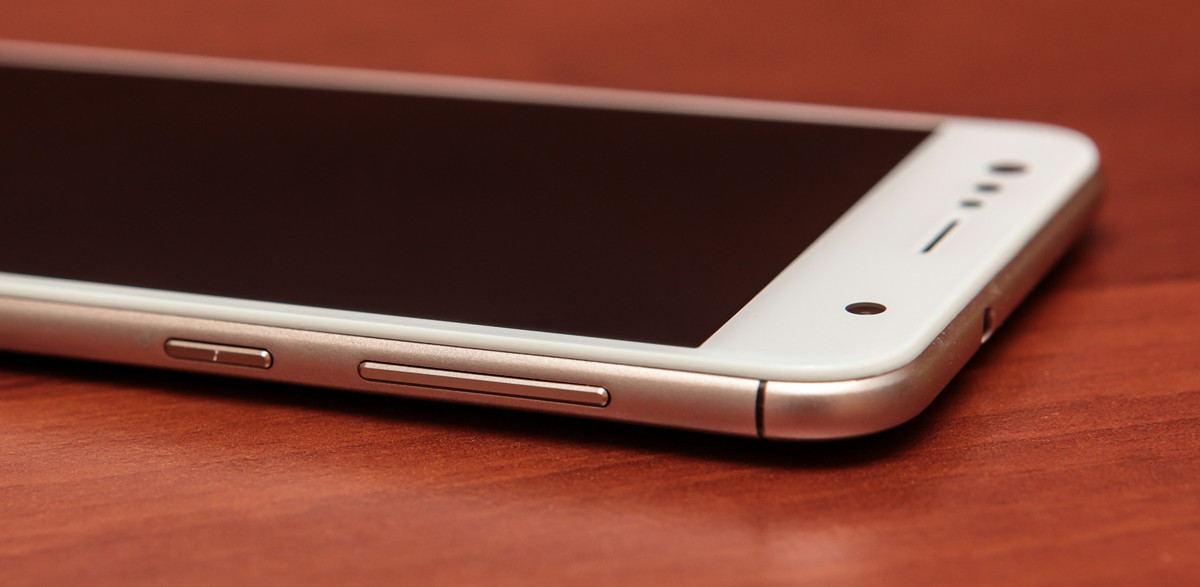
So the display of this smartphone is characterized by the same positive qualities as the “colleague in the line” - a good color rendition, very large viewing angles, and sufficient resolution at which no pixelness is noticeable.
Photography
As mentioned at the very beginning of the review, the main feature of the ZenFone 4 Selfie is already two front-facing cameras. The first - let's call it the main frontal one - is equipped with a lens with a focal length of 31 mm and a 20 Mp matrix. Of all three lenses in this smartphone, this is the closest to the so-called “normal” focal length of 50 mm, at which the image is very close to what we see with our own eyes. We are talking about perspective distortions: the smaller the focal length, the wider the viewing angle, but the more distorted the proportions of objects are when approaching the edges of the frame, and the faster the objects shrink in size as they move away from the camera. And 50 mm is called a normal RF, because for the human eye the proportions and distances are the most “natural”. As you understand, this is especially important when shooting portraits from a very close distance - from an arm's length away.
Professional photographers generally take portraits on television, starting at about 75-100 mm and moving away: distortion is minimized, and the “models” are psychologically more comfortable, since no one pokes a lens at you in your comfort zone, but does it at least from afar. But for self-portrait - in the English-speaking common people "self" - such focal lengths will not work, because at the distance of an outstretched hand, only an eye or a nose will fit into the frame. Therefore, ASUS engineers had to compromise, equipping the main front-facing camera with a lens with RF closer to 50 mm. What to do if you want to take a picture with friends / colleagues / beautiful girls from exhibition stands? In order not to have to rub against each other with cheeks or not to fool the absurdity in the form of a selfie stick, the same engineers built a second camera with a focal length of 12 mm, a viewing angle of 120 ° and an 8 megapixel matrix. And for the full set of inserted LED front flash, so you can shoot self-portraits even in complete darkness. Well, the cherry on the cake: the “Portraits Enhancement” feature is built into the camera application (also called BeautyLive, described in
one of the reviews ).
As for the rear camera, it is equipped with a 16 megapixel matrix and a lens with a focal length of 26 mm, that is, the viewing angle (80 °) is larger than that of the main front one.
The BeautyMaster application icon is displayed on the desktop. In fact, this is a shell for launching photo or video with activated BeautyLive.
BeautyLive can also be launched from a photo application, leaving the “improvements” on the machine (turns you into a plastic doll), or by choosing the values yourself:
- skin toning;
- skin lightening;
- face shape adjustments;
- enlarged eyes;
- smoothing the skin.
Photo application interface by default:
Manual adjustment of shooting parameters:
Switching between the front-facing cameras is done with one click on the icon above the shooting button. Pay attention to the difference in viewing angles and sensitivity of cameras (shot from one distance):
Software
The smartphone runs on Android 7.0 with a proprietary graphic shell ZenUI.

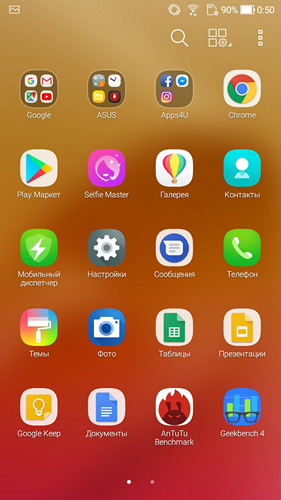
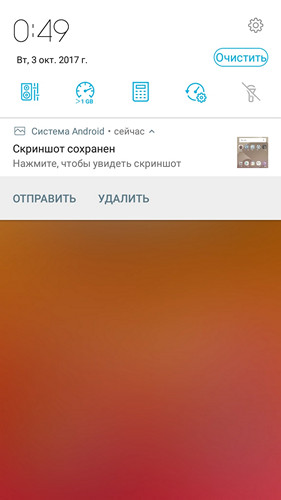
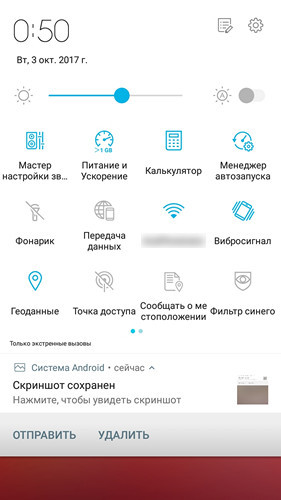
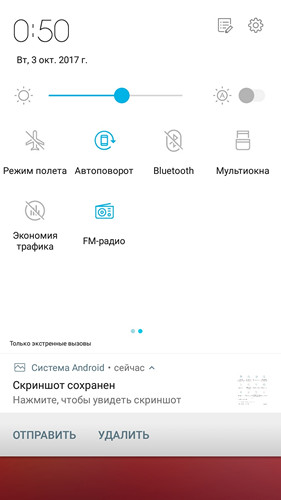
From proprietary applications can be noted "Mobile dispatcher" - a diverse set of utilities for all occasions, collected under one interface.
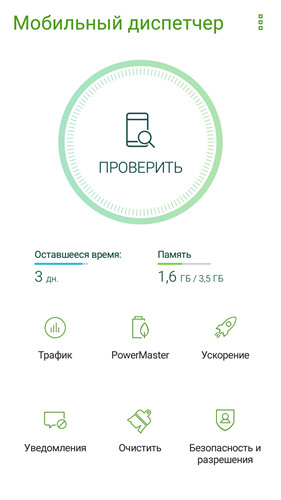
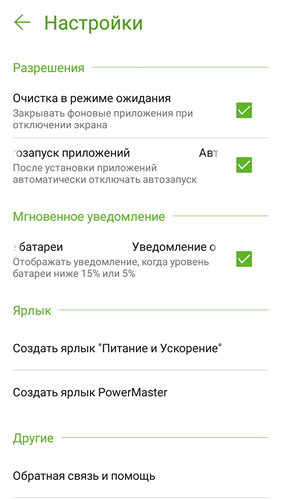
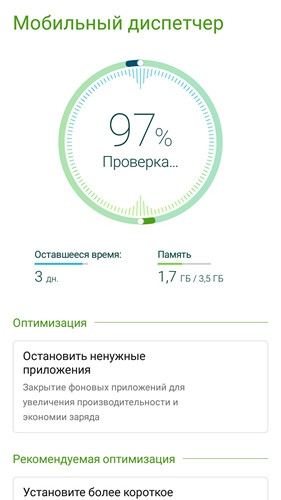
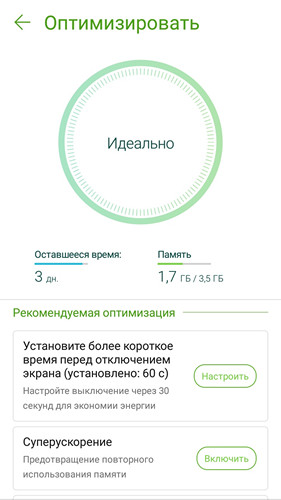
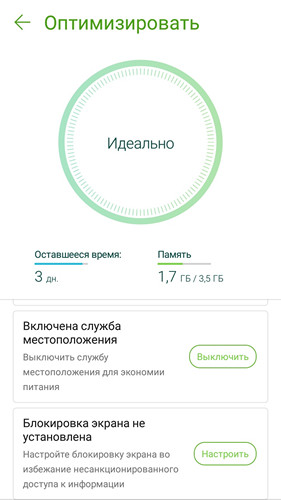
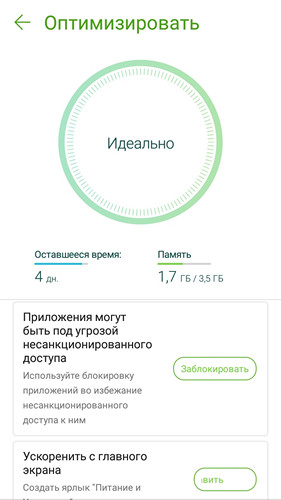
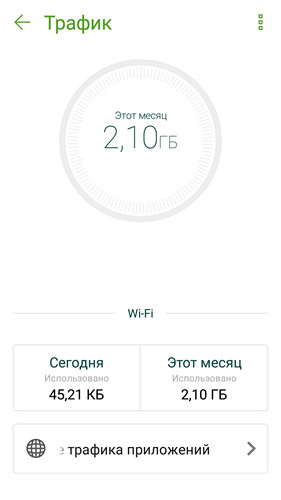
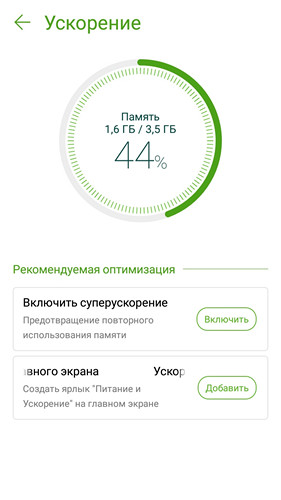
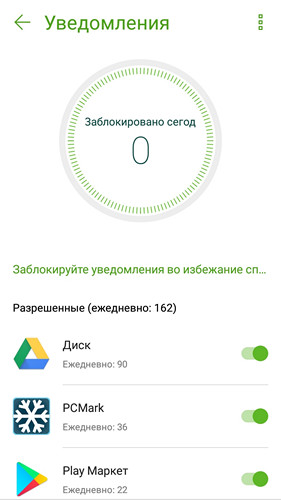
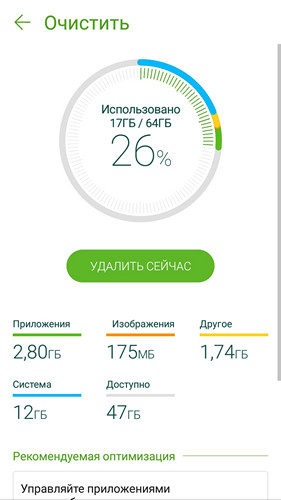
Performance and battery
The processor is an eight-core, 64-bit Qualcomm Snapdragon 430. The Adreno 505 chip is responsible for the graphics, 4 GB of RAM, enough for any needs. Productivity is enough for all tasks performed, including various games filled with special effects. There is 64 GB of internal memory for data storage, if you wish, you can insert a micro SD card with a capacity of up to 2 TB.
As for autonomy, it is at the ZenFone4 Selfie on an average level. The fact is that unlike the ZenFone 4 Max, a 3000 mAh battery is installed here. Therefore, up to 20% of the capacity of the battery sits in about 10 hours of standard load: surfing, pictures, video.
Conclusion
The main target audience of ZenFone 4 Selfie is obvious - those who like to take self-portraits / selfies, share interesting moments with their friends / readers / viewers, and especially beautiful / beautiful. And most importantly, forget about the ridiculous and inconvenient selfie-stick: by pressing the button you switch to the wide-angle camera, and the field of view is almost doubled, while you do not waste time fussing with the accessory, you do not lose tactile control over your smartphone. The hardware here is powerful enough for any other tasks not related to photography, so the smartphone turns out to be quite universal in its capabilities. And a nice bonus is a transparent case, which does not hide or change the color of the device, but protects well from scratches and abrasions.
Recommended retail price: 17 990 rubles.